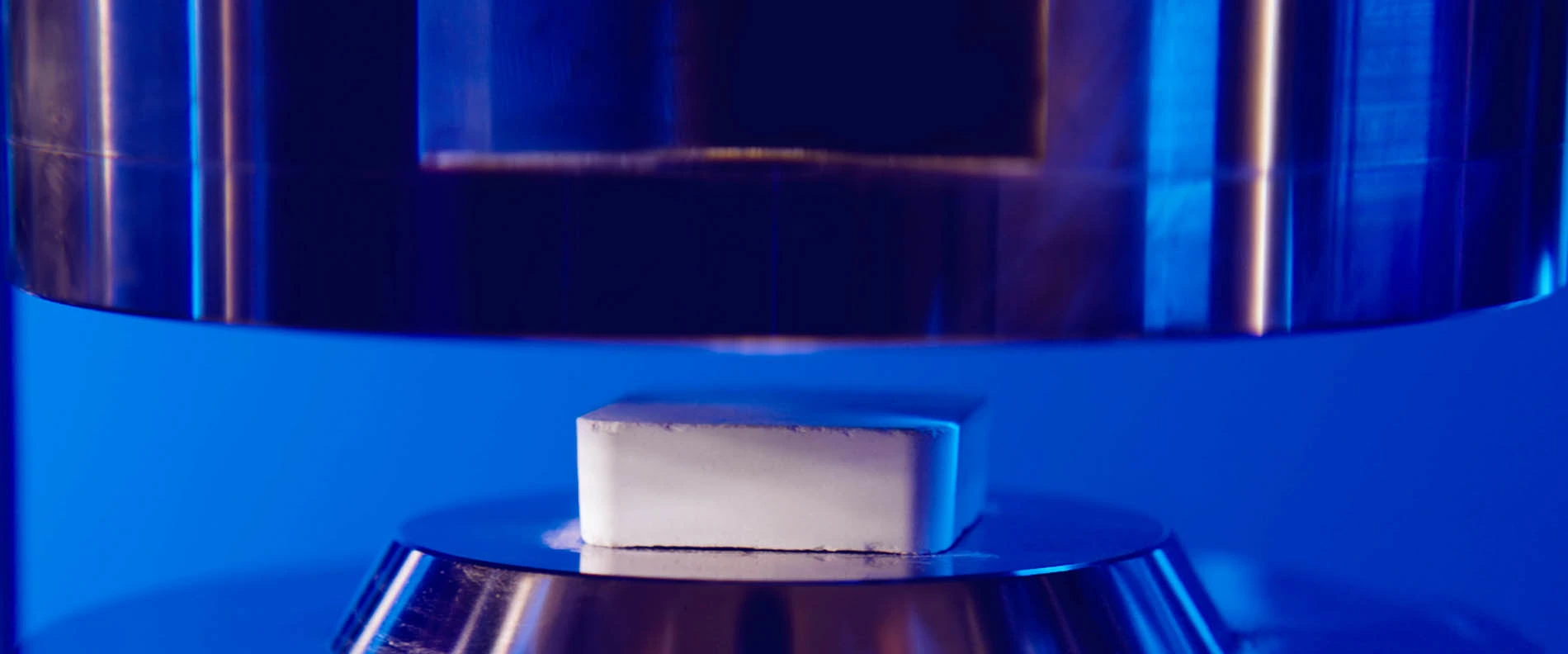MicroLED display is the next generation technology currently revolutionising the TV and tech display industries. The new technology uses densely packed microscopic LEDs to create individual pixels. They excel in all display performance metrics without the drawbacks of predecessor tech like LCD and OLED displays. For those with deep pockets, MicroLED displays are available today from Samsung, but average consumers may be waiting a little while longer before this unrivalled technology becomes fully mainstream. In this blog we discuss the advantages and limitations of MicroLED and how Alpha HPA is accelerating progress in LED technology.
What Is MicroLED?
Micro LEDs are light emitting diodes that are scaled down to be one hundredth of the size of a conventional LED. Almost invisible to the naked eye, these micro LEDs are printed onto panels that can be organised to create seamless displays of any size at extraordinarily high resolutions. This feat of engineering has many advantages over traditional LCD and OLED panels.
The Advantages of MicroLED
Contrast
MicroLED displays can match the performance of OLED to create true blacks. Both MicroLED and OLED are emissive display technologies with local dimming, meaning that each pixel can be turned on and off individually. Unlike LCD, the panel is not backlit, making contrast far more accurate. MicroLED contrast benefits from its microscopic LEDs that vastly improve colour accuracy with faster response times.
Brightness
There are no filtering layers between the microLEDs and the viewer, offering better direct luminence than LCD displays and unmatched levels of brightness. The best OLED panels on the market peak at around 1,000 nits of brightness. MicroLED display technology today offers 5,000 nits and has the potential to reach 10,000 nits on a mass production scale. A Shang-hai based MicroLED manufacturing company has showcased a prototype display that reaches 2 million nits of brightness.
Vivid Colours
Unlike OLED, microLEDs do not use organic materials, which allows for more vivid colour generation. Improved brightness, contrast and colour gamut, makes for unparalleled viewing experiences on a MicroLED display.
Viewing Angles
The lack of filtering layers allows for near-perfect colour representation at wide viewing angles. LCD panels are particularly notorious for having poor viewing angles.
No Burn-In
One of the major compromises of OLED is potential for burn-in. Though this risk has been reduced in newer model iterations, there is always a risk that leaving images on the screen for too long will lead to pixel degradation.
Versatility
As it stands right now, having a microLED display at home is out of reach for the vast majority of people due to the cost of the new technology. Though as the tech continues to be developed at scale, microLED will become more affordable than current OLED displays as it doesn’t rely on expensive organic materials. OLED displays are also difficult to upsize and are fixed to certain aspect ratios. MicroLEDs don’t have these limitations and have modular installation options for unique panel arrangements.
The Challenges Facing MicroLED
MicroLED is an emerging technology, making it prohibitively expensive for the average consumer. Currently Samsung is the only vendor to offer a MicroLED display for an undisclosed price and it requires a specialist technician to install it. As it stands, MicroLED technology is designed for super large, wall-sized applications. The current challenge is to manufacture it affordably for mass consumption in display sizes that are suitable for the average household.
Future Applications of MicroLED
As manufacturing for MicroLED displays is refined and scaled up to meet market demand, the price will eventually become competitive and even cheaper than the cost of making OLED due to the absence of expensive organic materials.
Flexible displays
MicroLED arrays can be printed onto flexible and even transparent substrates for wearable displays. This combined with their superior brightness, colours and viewing angles eliminate some of the greatest drawbacks about OLED flexible displays.
Micro camera technology
One innovative advantage for microLED displays is the ability to merge sensors within the display because of the space efficiency compared to other display technologies. It would be theoretically possible to integrate microcameras or biosensors for security on the same substrate as the MicroLEDs during the manufacturing process. This would eliminate the need for bezels or notches.
How Alpha HPA Supports The Evolution of MicroLED Display Technology
At Alpha HPA, we engineer Ultra 5N nitrate and 4N+ sub micron Ultra HPA that is ideal for the micronisation of LED technology. Visit our Investor Centre for reports and market outlooks or get in touch to learn more about our alumina products and manufacturing process.



